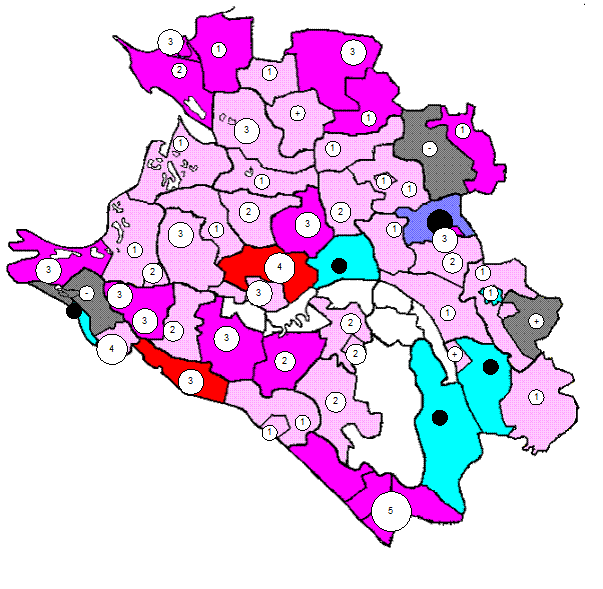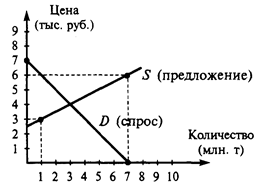From the History of Police Forces
Police is the agency of a community or government that is responsible for maintaining public order and preventing and detecting crime. The basic police mission — preserving order by enforcing rules of conduct or laws — was the same in ancient societies as it is in the contemporary sophisticated urban environments, The conception of the police force as a protective and law enforcement organisation developed from the use of military bodies as guardians of the peace, such as the Praetorian Guard — bodyguard of the ancient Roman emperors. The Romans achieved a high level of law enforcement, which remained in effect until the decline of the empire and the onset of the Middle Ages. During the Middle Ages, policing authority was the responsibility of local nobles on their individual estates. Each noble Chapter Ш. Law Enforcement generally appointed an official, known as a constable, to carry out the law. The constable's duties included keeping the peace and arresting and guarding criminals. For many decades constables were unpaid citizens who took turns at the job, which became increasingly burdensome and unpopular. By the mid-16" 1 century, wealthy citizens often resorted to paying deputies to assume their turns as constables; as this practice became widespread, the quality of the constables declined drastically» Police forces developed throughout the centuries, taking various forms. In France during the I7[h century King Louis XIV maintained a small central police organisation consisting of some 40 inspectors who, with the help of numerous paid informants, supplied the government with details about the conduct of private individuals. The king could then exercise the kind of justice he saw fit. This system continued during the reigns of Louis XV and Louis XVL After the French Revolution, two separate police bodies were set up, one to handle ordinary duties and the other to deal with political crimes, In 1663 the city of London began paying watchmen (generally old men who were unable to find other work) to guard the streets at night. Until the end of the 13th century, the watchmen — as inefficient as they were — along with a few constables, remained the only form of policing in the city, The inability of watchmen and constables to curb lawlessness, particularly in London, led to a demand for a more effective force to deal with criminals and to protect the population. After much deliberation in Parliament, the British statesman Sir Robert Peel in 1829 established the London Metropolitan Police, which became the world's first modern organised police force. The force was guided by the concept of crime prevention as a primary police objective; it also embodied the belief that such a force should depend on the consent and cooperation of the public, and the idea that police constables were to be civil and courteous to the people. The Metropolitan Police force was well organised and disciplined and, after an initial period of public skepticism, became the model for other police forces in Great Britain. Several years later the Royal Irish Constabulary was formed, and Australia, India, and Canada soon established similar organizations. Other countries followed, impressed by the success of the plan, until nations throughout the world had adopted police systems based on the British model The development of the British police system is especially significant because the pattern Just English. Английский для юристов that emerged had great influence on the style of policing in almost al] industrial societies. In the U.S4 the first full-time organised police departments were formed in New York City in 1845 and shortly thereafter in Boston, not only in response to crime but also to control unrest The American police adopted many British methods, but at times they became involved in local politics- The British police, on the other hand, have traditionally depended on loyalty to the law, rather than to elected public officials, as the source of their authority and independence. TASK 2. Answer the following questions: 1. What is the basic police mission? 2. How did the police force as law enforcement organization arise and develop? 3. Why did the quality of the constables in England decline? 4. How were policing functions performed in France? 5- What was the form of policing London in the 17th century? 6. Why was there a need for a more effective force to deal with criminals in England? 7. What factors brought about the establishment of the Metropolitan Police Force? 8. What principles were the British police guided by? 9. Why did the Metropolitan Police Force become the model for other police forces in Britain and abroad? 10. Why is the development of the British police system TASK 3. Find in the text above the English equivalents for the following words and expressions: 1. дебаты в парламенте 2. обеспечивать соблюдение правил поведения 3. основная задача полиции (2) 4. оставаться в силе 5. платный осведомитель 6. нести полицейскую службу преступности
8. раскрывать преступления 9. сдерживать рост преступности
10. следить за соблюдением законов 11. постоянно действующая организация 12. полицейские структуры 13. обеспечение правопорядка 14. блюститель порядка Chapter III. Law Enforcement 71 TASK 4. Find in the texts above the expressions containing the words 'law' and 'order'. Continue the following lists. Add more expressions using a dictionary:
to enforce laws
|






